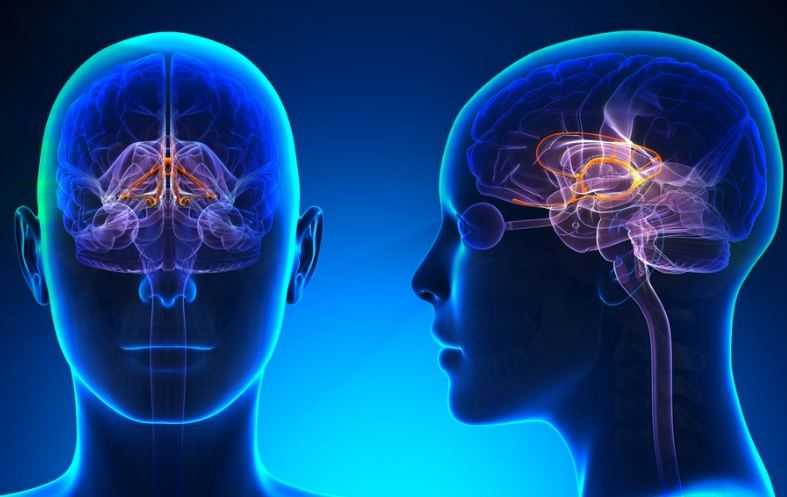Did you know that sleep and memory are connected? Scientists succeeded in finding such a link, and now we have more details about it.
A new study reveals intriguing patterns of our brain activity that can unlock doors to our past experiences. More fascinating is the fact that the brain is capable of fixing those experiences in our long-term memory.
Here is what you need to know.
Memories Don’t Leave Us When We Sleep
A team of researchers discovered some patterns that involve the slow oscillations (SOs) of brain waves that usually follow sleep and the brisker sleep spindle blasts of activity that occur when dreamless rest. Such finding supports that there’s a way that those two types of brain activity coordinate and influence how well we remember things.
For the recent study, 20 volunteers participated in 2 experiments. First, they were asked to remember any connections between scenes and words, objects and words, right before taking a half-hour nap.
Then, researchers used EEG (electroencephalogram) scans while the participants were sleeping. When the people woke up, they told what they remembered.
Finally, the team succeeded in finding a connection between the solid SO-spindle pairing and improved recall.

Study insights
Memories are reactivated during sleep via SOs, and the sleep spindles so that we can remember them better. In addition, the greater the reactivation process is, the more likely we will recall a memory.Â
Bernhard Staresina is a neuropsychologist at the University of Birmingham in the UK. He released a statement explaining:
“Our main means of strengthening memories while we sleep is the reactivation of previously learn information, which allows us to solidify memories in neocortical long-term stores.”
More research is going to be required, but so far, finding such a deep connection between sleep and memory is quite an achievement. Discovering the real strings that control SOs, sleep spindles, and memory is indeed a challenge.












Leave a Reply